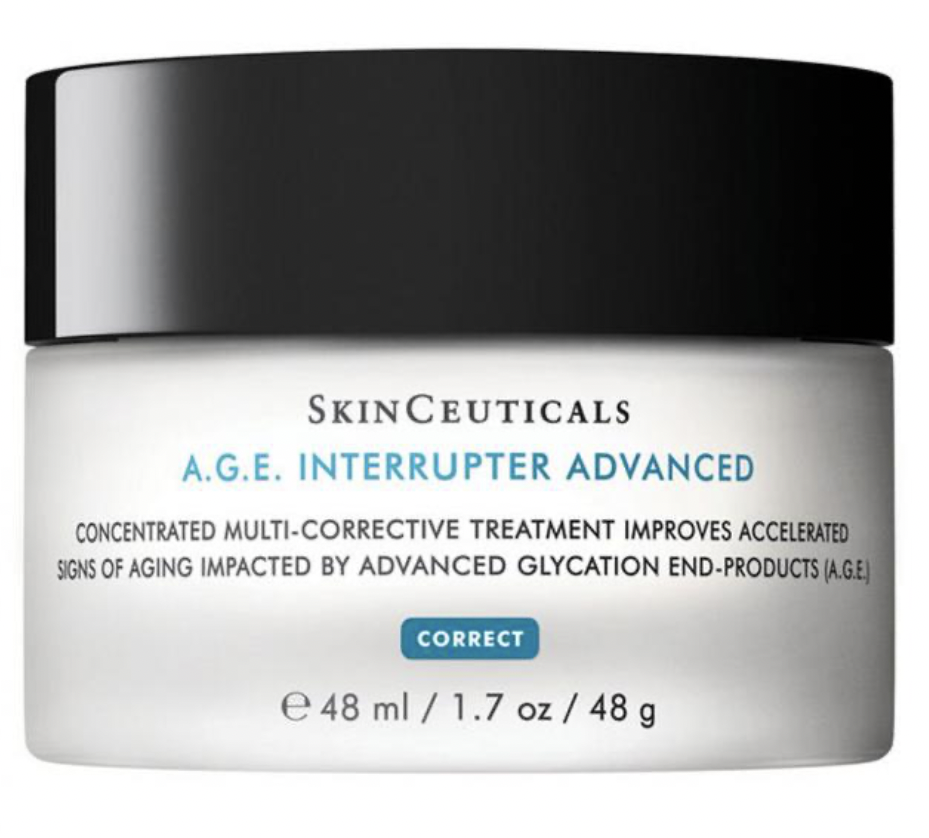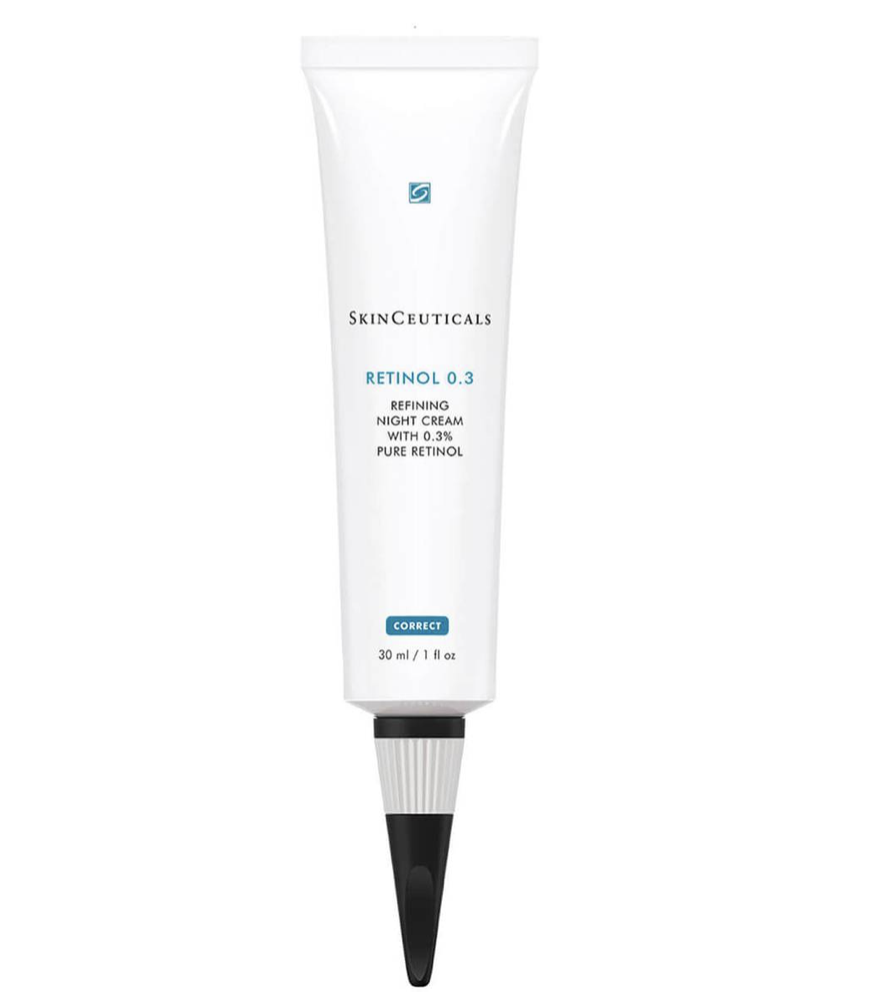Retinoids, an unsung hero?
Retinoids have always had a great reputation when it comes to anti-aging. But is it really worth starting within your skin routine?
What are retinoids?
They come from vitamin A and are used in skincare world wide. They can be natural and sourced from animals such as fish liver. However, they can be synthetic, which is favoured in skincare for their stability.
What are retinoids known benefits?
Increased cell turnover
Increased collagen production
Clear pores
Clear skin
Improved finelines
Improved skin tone
Reduced wrinkles
Reduced pigmentation
How do they work?
Retinoids work by binding to specific receptors in the skin cells, triggering a series of responses within the cell, from regulating gene expression regulation, to simulating collagen synthesis, and accelerating cell turnover.
What is the difference between retinoids in skincare?
The most talked about retinoids in skincare are retinol, retinal and tretinoin.
How to figure out the benefits of each and which would work best for you:
Sourced from Glowday
In summary the retinol is lower potency, leading up to tretinion which is prescription only and the strongest of the three options.
Each come with common side effects, which can be more manageable by:
Using it just a couple of times a week in your routine to build up a tolerance at a lower percentage, and gradually building up to a stronger percentage more frequently.
A decent moisturiser is also advised to help with the skins recovery time and for particularly sensitive skin, the sandwich technique can be favoured. This is a technique of layering the moisturiser and retinoid on your skin to create a slight barrier.
Using products such as the AGE interrupter alongside your retinoid is a great way to help speed up recovery time.
Less is more! You only need around a pea sized amount to be effective.
Listen to your skin, if you feel like the negative is outweighing the positive skip a couple more days to give your skin a chance to recover.
Common side effects:
Dryness and Peeling: Retinoids can cause dryness, flakiness, and peeling of the skin. This occurs because they increase the turnover of skin cells, which can lead to the shedding of the outermost layer of skin. Using a moisturiser can help alleviate dryness and reduce peeling.
Irritation and Redness: Some individuals may experience skin irritation, redness, and sensitivity when first using retinoids. This can manifest as a stinging or burning sensation on the skin. Starting with a lower concentration of retinoid or applying it less frequently can help minimise irritation. It's important to allow your skin to gradually adjust to the retinoid.
Sensitivity to Sunlight: Retinoids can make your skin more sensitive to the sun. It is crucial to use sunscreen with a high SPF (sun protection factor) during the day and limit sun exposure. This helps prevent sunburn and reduces the risk of sun damage.
“Purging”: For individuals using retinoids to treat acne, it is not uncommon to experience a temporary worsening of acne before improvement occurs. This is known as the "purging" phase, where existing clogged pores may come to the surface and cause breakouts. This phase typically resolves with continued use, leading to clearer skin in the long run.
Sensitivity: Some people may have inherent sensitivity to retinoids, and their skin may not tolerate them well. If you have very sensitive skin or a history of adverse reactions to retinoids, it's important to use caution and consider lower concentrations or alternative treatment options.
The benefits of using a retinoid can take a few weeks to start to show, as with any new skincare routine.
Give it a chance and we are confident you will start to see the benefits of reduced fine lines, improved texture and reduced pigmentation.
If you are ready to use a retinoid and would like to know what would suit you then book a skin consultation in with our lovely Nurse Daisy who is an expert in helping you build a skincare regime.
Love,
Nina x





